As consumer demand for tooth-whitening intensifies, color relapse has become a core pain point—yet its consequences go beyond aesthetics. Repeated or frequent whitening treatments not only prompt users to undergo multiple bleaching cycles but can also disrupt the oral ecosystem, causing unintended oral microbiome impact. Thus, B2B manufacturers must balance long-lasting shade durability with microbiome health when formulating and designing products.
First, it’s essential to understand why teeth revert after whitening:
Typically, relapse becomes noticeable 2–4 weeks post-treatment, with pigment retention correlating to biofilm formation.
Next, bleaching agents exert conflicting pressures on oral bacteria:
Therefore, in pursuing whitening effectiveness, manufacturers must evaluate oral microbiome impact to prevent dysbiosis.Company web: https://www.powsmart.com/product/electric-toothbrush/
Moreover, plaque biofilm formation is tightly linked to color relapse:
Controlling biofilm growth is therefore key to delaying shade relapse and preserving a healthy microbiome.

To address these challenges, B2B formulators can optimize their products by:
This “whitening + microbiome” approach helps mitigate color relapse while limiting oral microbiome impact.
In addition, hardware and protocols play a pivotal role:
Coordinating chemistry, mechanics, and software enables effective, long-lasting whitening without harming the oral ecosystem.
Finally, sustaining results requires comprehensive aftercare:
A full-cycle education and management strategy helps B2B partners maximize customer satisfaction and retention.
Conclusion
Color relapse is more than a cosmetic setback—it directly influences oral microbiome impact. Only by integrating balanced formulations, advanced device protocols, and robust aftercare can manufacturers achieve both enduring whitening and a stable oral ecosystem. To explore “whitening + microbiome” innovations, please contact our development team!
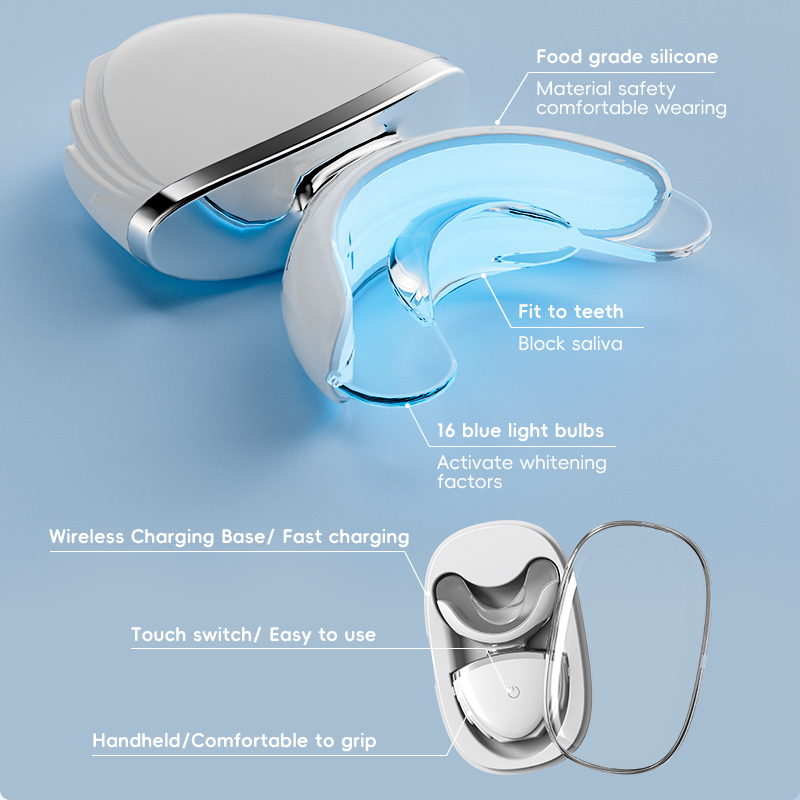
Does Toothbrush Battery Life Impact Gum Recession Risk?

FDA-Approved Antibacterial Bristles of Electric Toothbrush: A Safety Guide for Oral Care
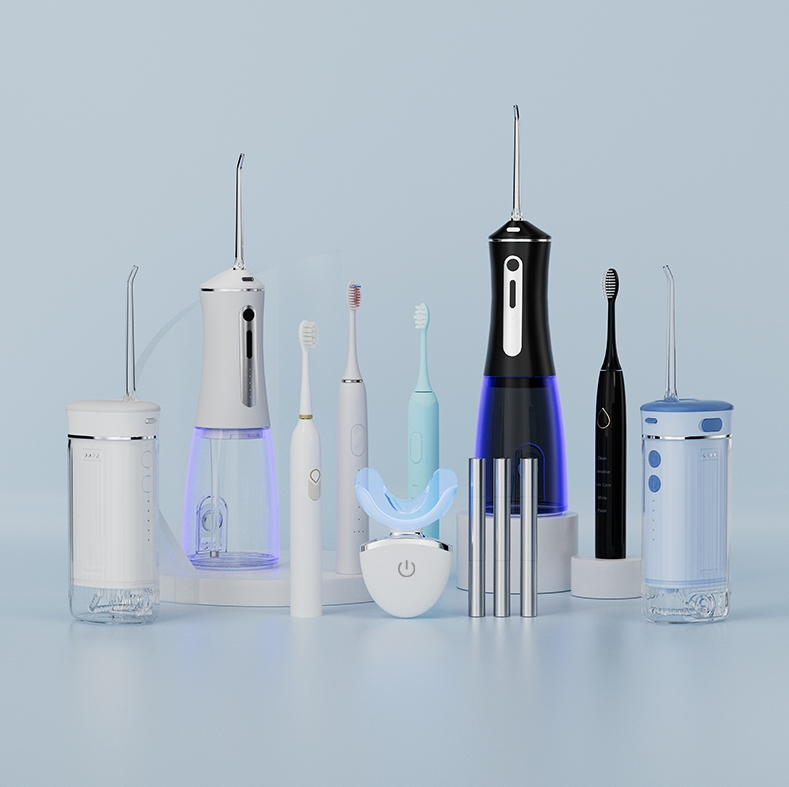
How Can Oral Care Products Achieve Both Compliance and Good Appearance?

How to Increase Repurchase Rate Through the “Brush Head + Toothbrush Handle” Accessory Adaptation Structure?
Whitening Kit-Induced Gum Irritation: Are User Manuals Clear? Does Warranty Cover It?
Hydrogen Peroxide Concentration & Motor Durability: Linked?
Why Are Battery Recycling Challenges Ignored Despite Gum Massage Inconsistency?

Discover a Great Reason to Switch to an Electric Toothbrush
How Does Cold Light Wavelength Align with Pediatric Safety?
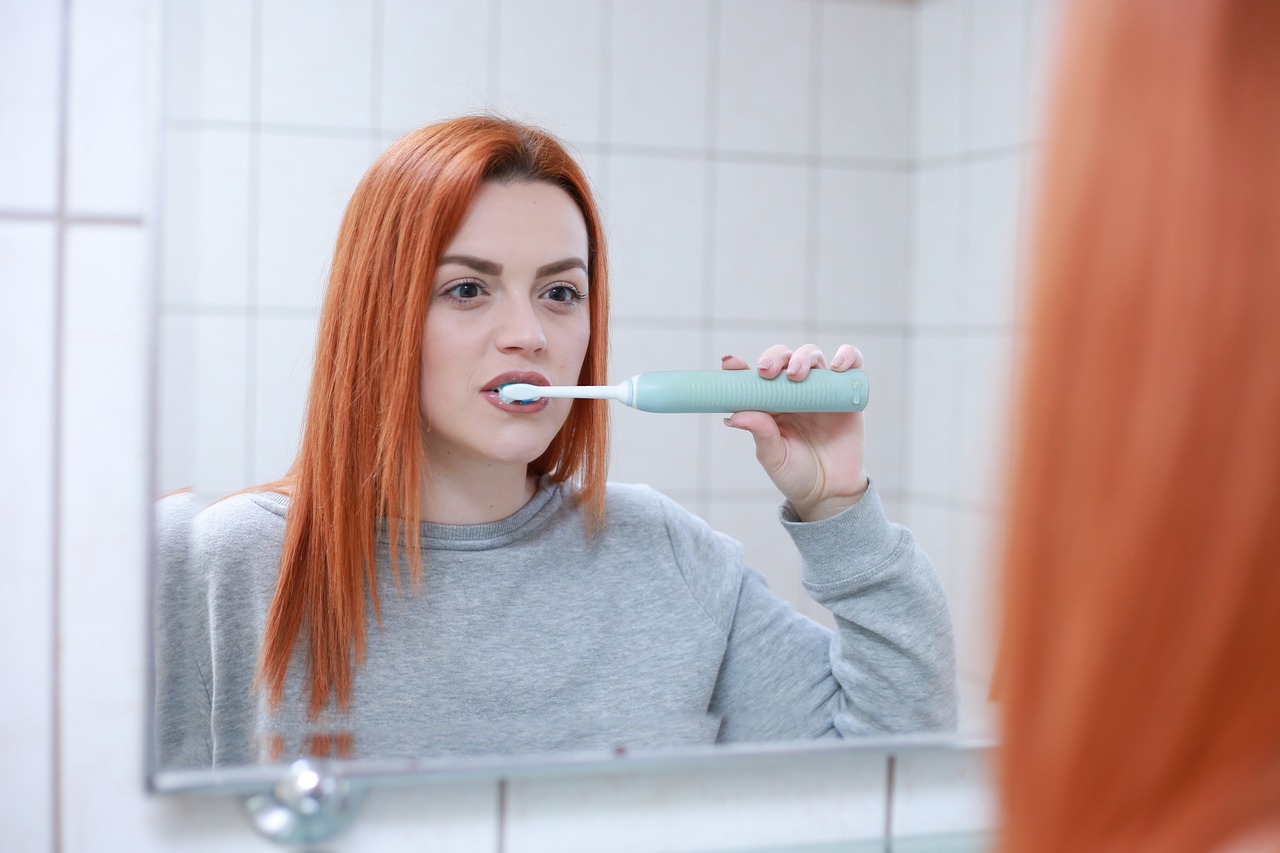
The Advantages and Current Usage of Electric Toothbrushes’ cleaning efficincy
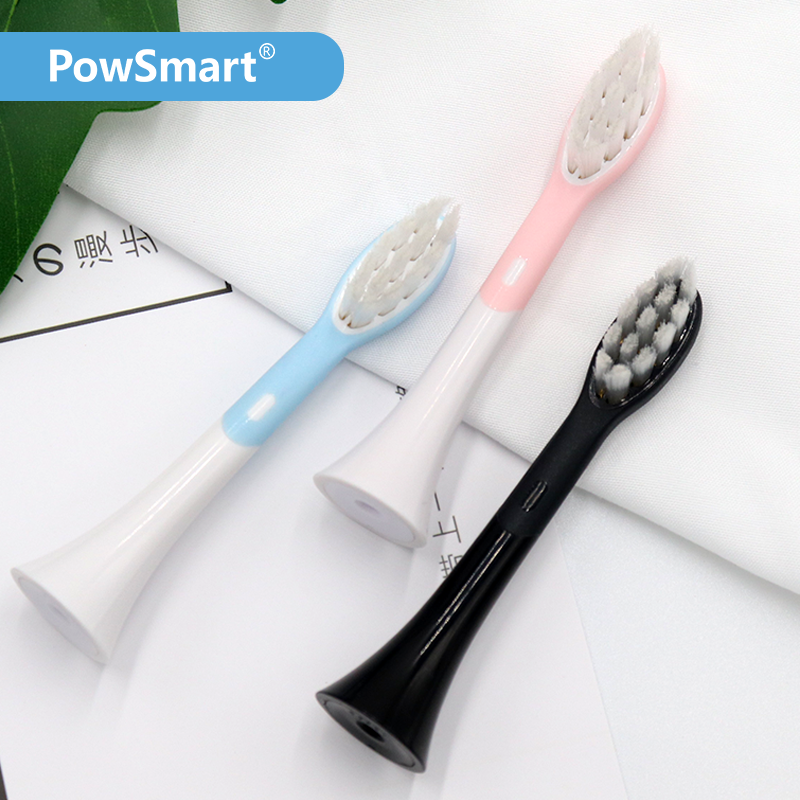
Are Electric Toothbrush Heads Universal?
Are Brush Head Compatibility Issues Hiding Liquid Residue Buildup?
How to Handle Temperature Spikes and Handle Slippage?
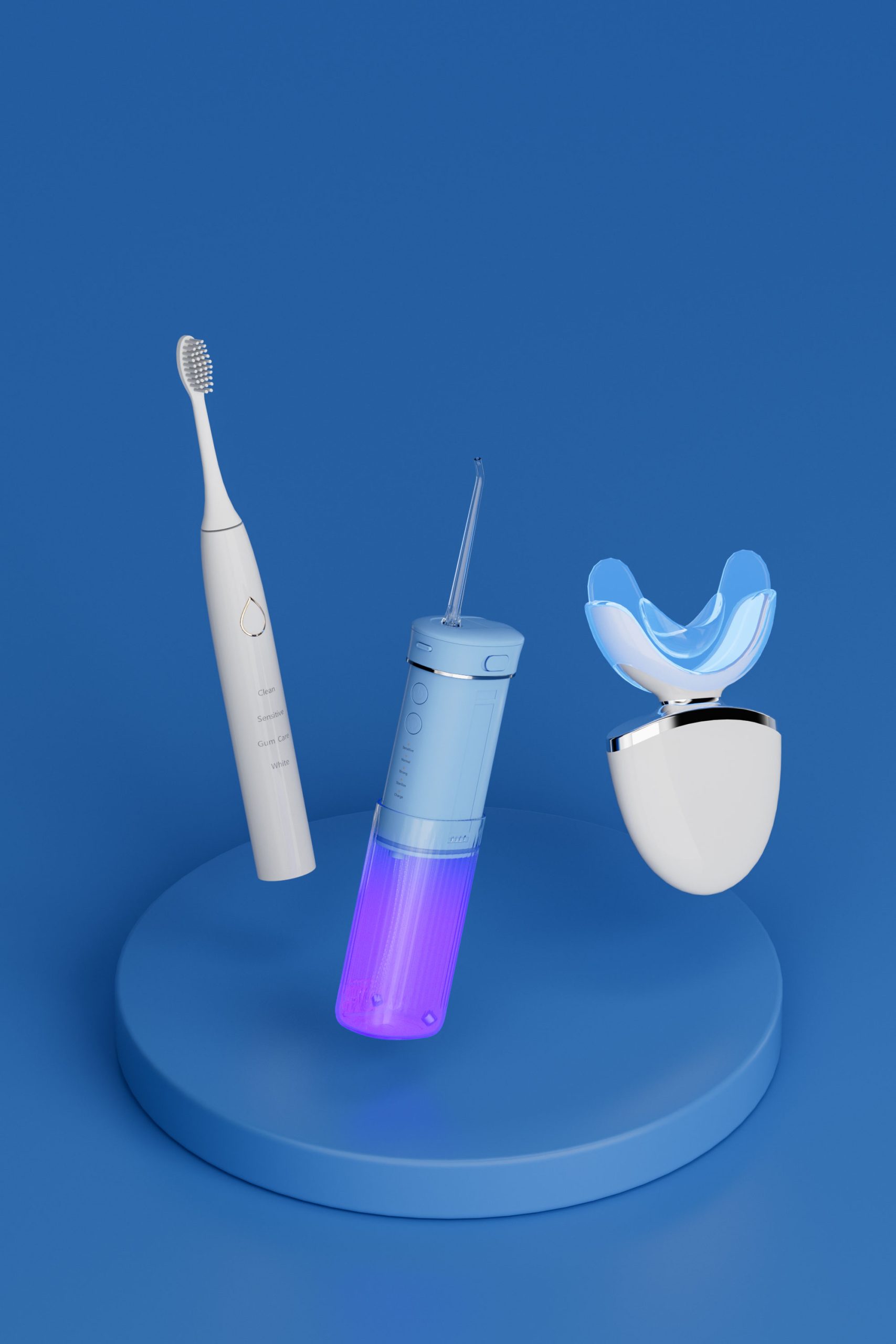
Benefits of Red & Blue Light Technology in Professional Teeth Whitening Kits
How to Optimize Jet Instability and User Discomfort?
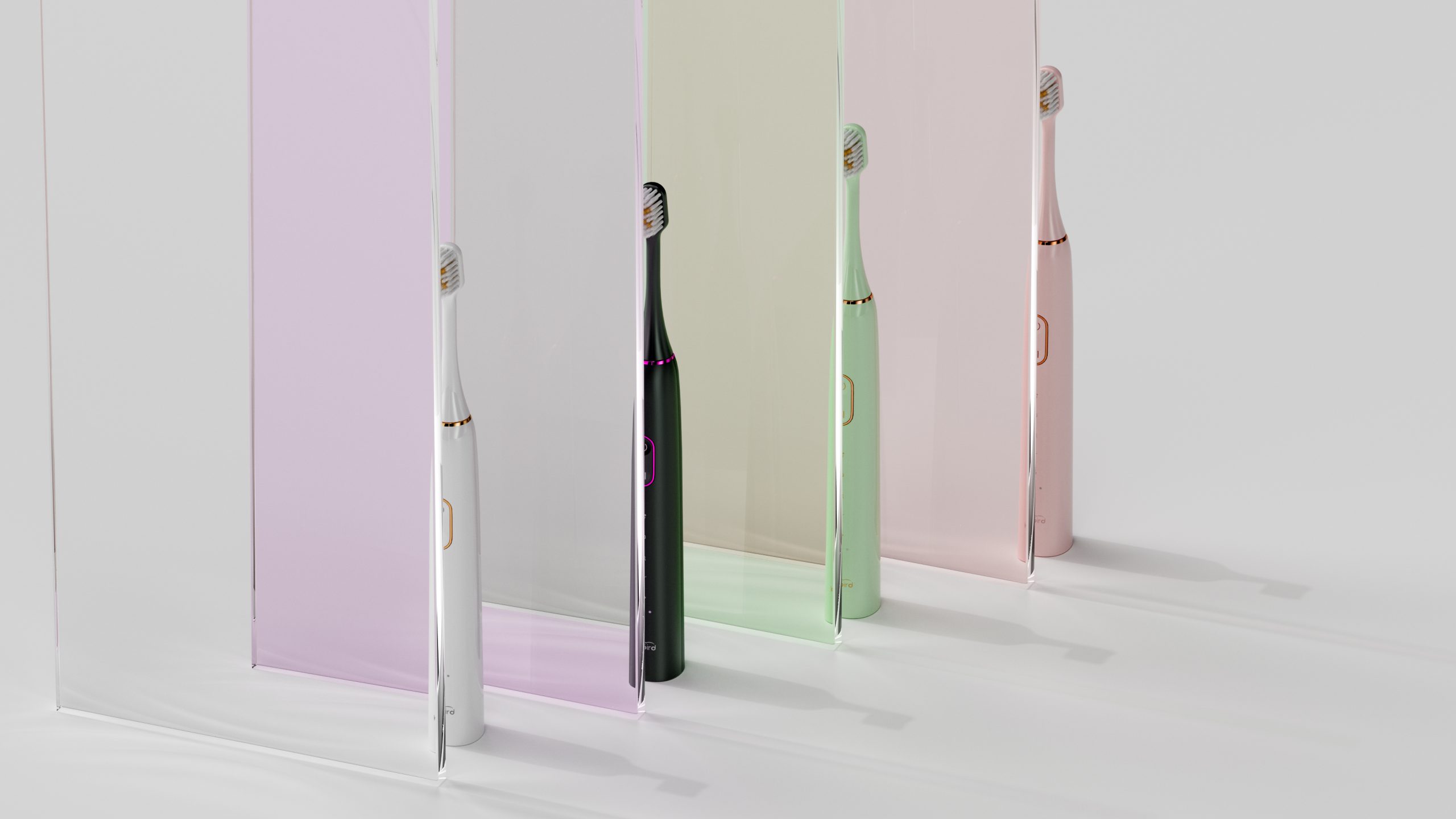
How Can Oral Care Product Brands Improve Customer Trust Through Content Marketing?
.jpg)
Florida Electric Toothbrush – Powsmart PTR-C8

Electric toothbrush heads Charcoal Infused-Diamond

electric toothbrush heads Ultra Soft

electric toothbrush heads Deep Clean

electric toothbrush heads Charcoal Infuse-Round

electric toothbrush heads Regular Clean

Private Label Whitening Gel

Customization Teeth Whitening Gel
whstapp
whstapp
National Toll-Free Service Hotline
+86 755 86238638